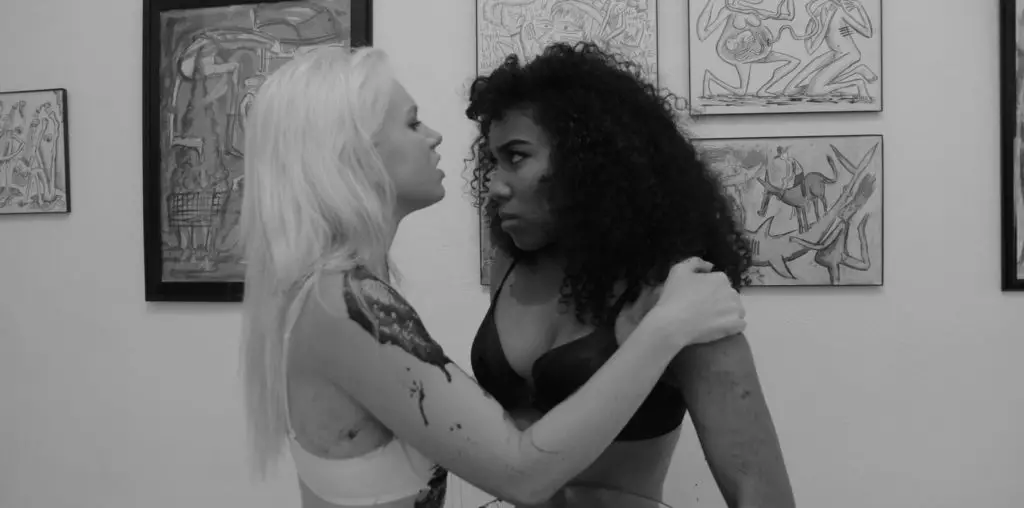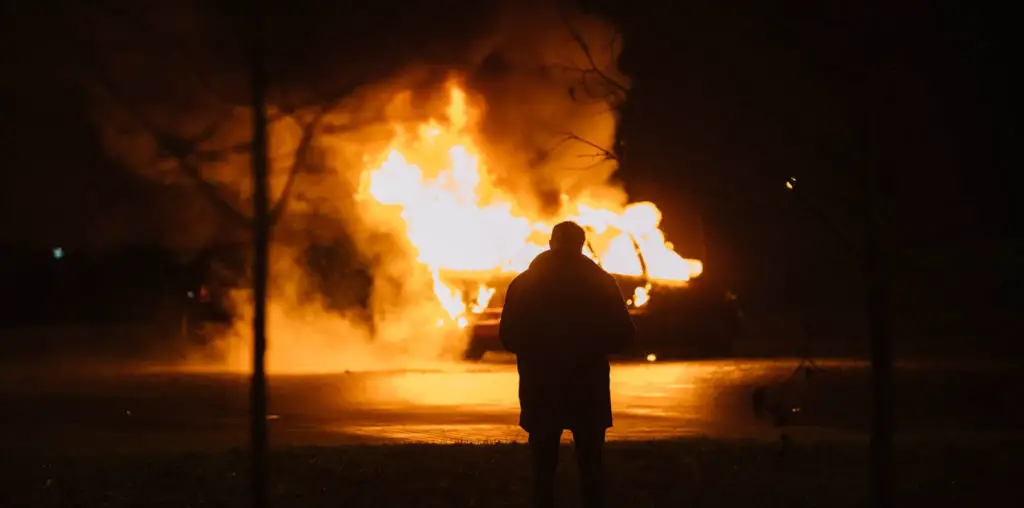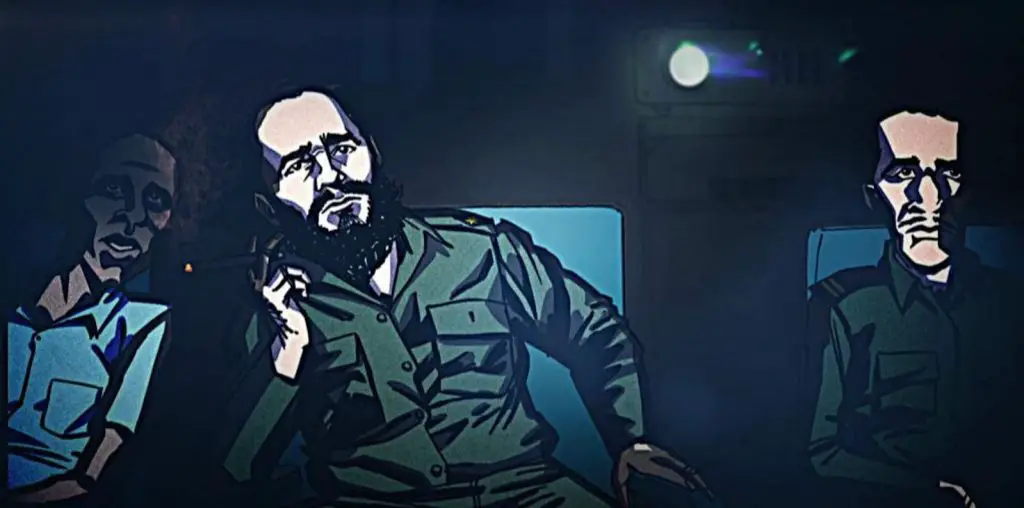
NEW TO VOD! The subject of drug addiction and trafficking is a story that spans the entire planet. In Watch The Sunset, Australian filmmakers Tristan Barr and Michael Gosden tell the familiar story of a family torn apart by drug abuse in the small rural town of Kerang, Victoria. The catch is that the co-directors tell their story in one continuous 80-minute shot. Think of it as 24 without commercials.
The thriller, written by Chelsea Zeller, Barr, and Gosden, opens with a quick one-minute documentary on the Australian heroin epidemic. It shows the damaging effects of drugs on its citizens and the lengths people will go to obtain their next fix. The credits then roll, overlooking the Kerang landscape from a car window. Next, it pans to the driver, Danny (Tristan Barr), and a girl clearly out of sorts, coming down from a serious high. As Danny pulls into a local motel, the camera remains in the car, looking out the front windshield as Danny struggles to lock the girl in the motel room.
As Watch The Sunset continues, we become a literal fly-on-the-wall following Danny, who chases down his estranged wife, Sally (Chelsea Zeller), and his young daughter, Joey (Annabelle Williamson), at the local church daycare center. In an attempt towards reconciliation, the three go to a local park where Joey wanders off and is kidnapped by Danny’s drug-dealing brother, Shane (Aaron Walton). Apparently, Danny took something from Shane.
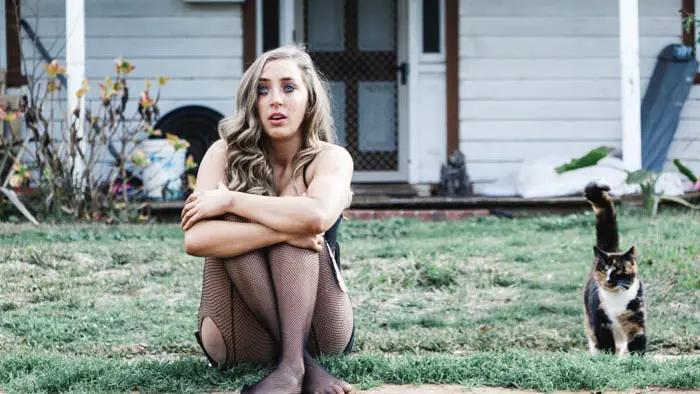
“…Joey wanders off and is kidnapped by Danny’s drug-dealing brother, Shane.”
Barr and Gosden have helmed an ambitious film tied to its central gimmick, the single continuous shot. It’s a little hard to believe that it was actually shot in one take, but I could not detect any cuts or wonky transitions. So, if the film really was a single shot, it could be the greatest piece of filmmaking ever.
The planning regarding the camera’s every movement is amazing. Watch The Sunset makes you feel like you’re on a dark ride at Disneyland if the story was about rescuing your daughter from a drug-dealing kidnapper. First, you’re being carried in and out of the car, and your POV turns in time to catch the next bit of action. Then you fly invisibly alongside Danny and Sally, arguing as they walk down a pathway. These shots are clearly not improvised but meticulously planned in both movement and composition. This is especially true as young Joey plays in the playground when suddenly the camera pans to the ominous appearance of Shane and his henchman.
While following the plot in this unique way is captivating, it sometimes falls victim to its gimmick. Essentially the story takes place in three locations: the motel, the park, and Shane’s hideout. It would have been great to have these sites next to each other, but they aren’t. So we have to drive to each location more than once. There’s a lot of driving going on, and like life, sometimes we sit there in silence rather than talk to fill time. As real as this is, it can get a little boring.
As far as the story goes, the screenplay is not the most original. But, due to Danny’s final act of redemption, this tale of a father trying to get his family back together after finding sobriety leads to a satisfying yet arguably predictable ending. Still, the gimmick of Watch The Sunset succeeds in elevating a standard story of drugs, family, and redemption and it rarely feels forced. Most importantly, Barr and Gosden manage to make their gimmick feel less like one than expected.
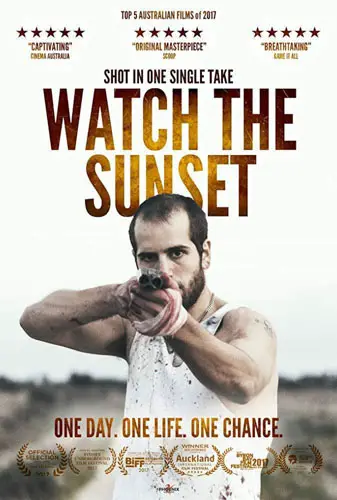
"…the camera's every movement is amazing."
